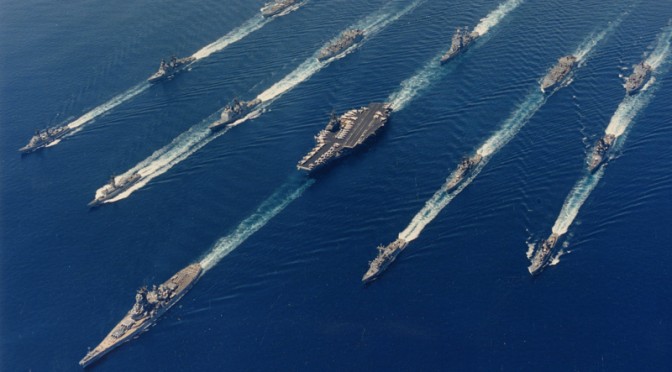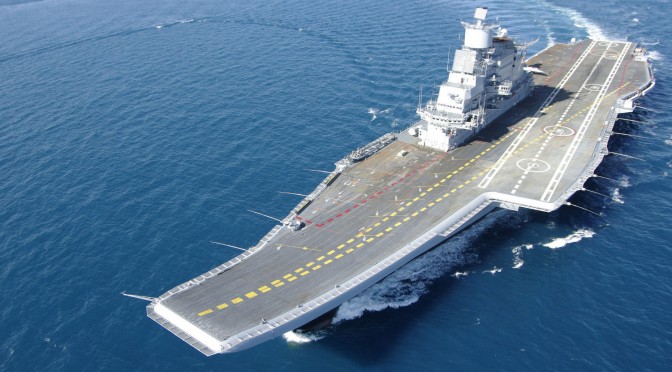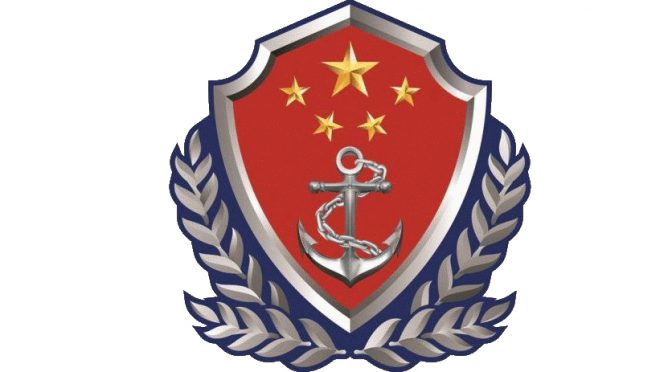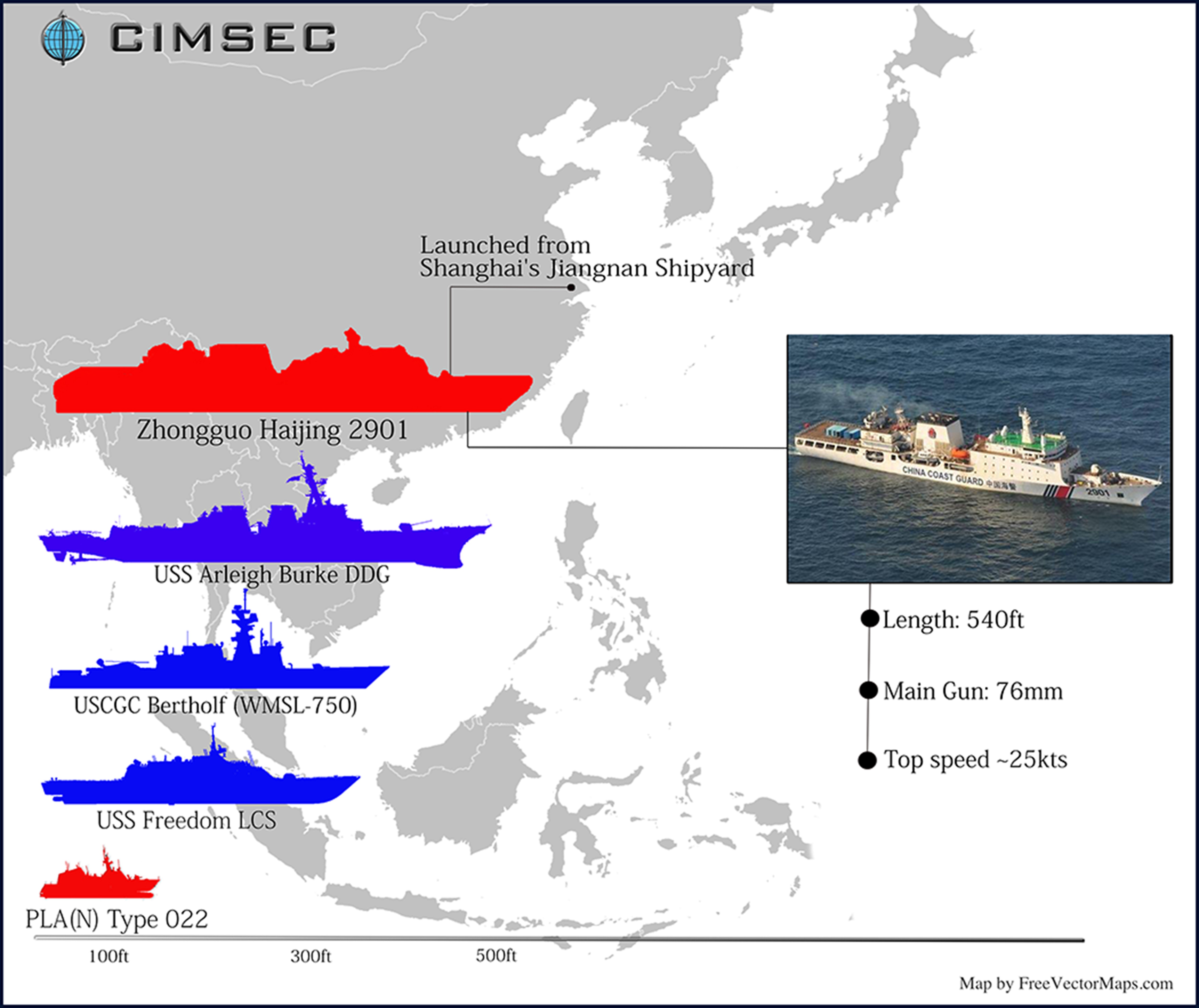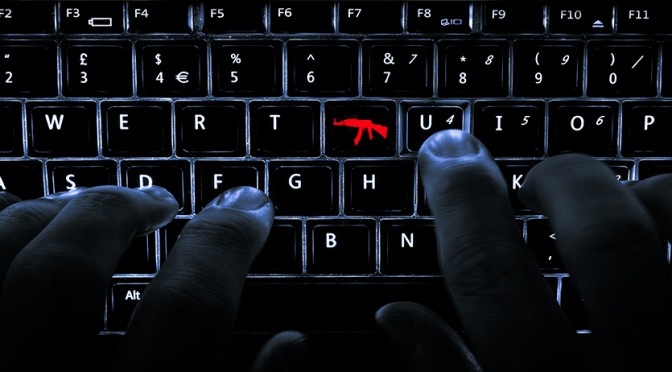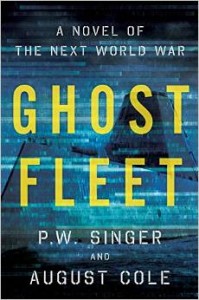The following is a submission from guest author James Davenport for CIMSEC’s Distributed Lethality week.
Despite the recent article on Distributed Lethality1 and the paper on Offensive Sea Control2, there is a sense of hesitancy in the surface force in embracing these ideas. The hesitation is understandable. Distributed Lethality and Offensive Sea Control (henceforth referred to as Distributed Lethality for brevity) run counter to recent experience, and they appear to challenge the most successful surface program in history, Aegis, by suggesting that offensive warfare is equal to or greater in importance than the defensive operations the surface force is so well-equipped and trained to perform.
Distributed Lethality cannot succeed without a change in the surface force’s culture. To enable that change in culture the surface force must understand where its bias towards the defensive originates. The surface force must understand why Distributed Lethality is sound military theory. The surface force needs to be reminded that it has embraced Distributed Lethality before to great effect. The surface force must rethink how it views survivability in an anti-access/ area denial (A2/AD) environment. Finally, the surface force must change its culture through training and repeated exposure to the concept of Distributed Lethality.
Institutional Perception of the Surface Force
With the fall of the Soviet Union, the USN’s superiority was unchallenged for more than a decade. The USN became a victim of its own success. Assured of its superiority, the Navy started reducing its offensive flexibility. The USN built thirty-four guided-missile destroyers with no over the horizon anti-ship capability at all and retired the long-range anti-ship version of the Tomahawk missile. There was no challenger to use it, or practice using it, on. The surface force’s focus was squarely on visit, board, search, and seizure and air and missile defense operations.
The focus on air and missile defense operations is reinforced by the superb training on the Aegis Weapon System most Surface Warfare Officers receive at some point in their careers. Aegis Training and Readiness Center in Dahlgren, VA is rightly regarded as a center of 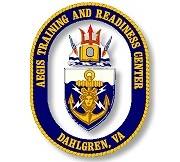 excellence for training. Surface Warfare Officers can receive training there three or four times through their career inculcating Surface Warfare Officers in the Aegis culture of excellence. The success of Aegis and its adaptation to the ballistic missile defense mission is a tribute to the partnership between the Navy, the Missile Defense Agency, and our industry partners. No one system has dominated the thinking of the surface force in the way Aegis has.
excellence for training. Surface Warfare Officers can receive training there three or four times through their career inculcating Surface Warfare Officers in the Aegis culture of excellence. The success of Aegis and its adaptation to the ballistic missile defense mission is a tribute to the partnership between the Navy, the Missile Defense Agency, and our industry partners. No one system has dominated the thinking of the surface force in the way Aegis has.
The result of these influences is a defensive-minded surface force. Many in the surface force perceive their mission as providing defense against small surface vessels, cruise missiles, ballistic missiles, and submarines. In return, the air wing goes on the offensive against ships and aircraft, while the submarine force goes on the offense against threat submarines and ships. This mindset says in order to survive the force has to operate as a whole, while concentrating the majority of the offensive firepower in a small number of submarines and an even smaller number of aircraft carriers and their air wings. This concentration of offensive firepower limits flexibility, reducing the Navy’s ability to operate against anti-access /area denial threats.
The Theory Behind Offensive Sea Control
Recognizing wholesale command of the seas is impractical in the face of A2/AD threats, admirals Rowden, Gumataotao, and Fanta argue for the use of distributed lethality to take control of the seas in key areas in order to project power.1 This is certainly one significant advantage of distributed lethality and offensive sea control. It is not the only advantage, however.
Corbett also recognized it would be impractical to dominate the seas completely, at all times. Corbett does identify a solution; prevent the enemy from securing or controlling the seas by “active defensive operations.”3 In Corbett’s view, sea control is not sitting 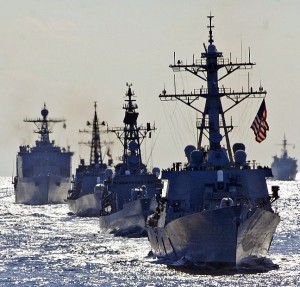 off the coast of a hostile nation, asserting air, sea, and electromagnetic dominance, while launching strikes ashore. Corbett’s opinion, in more modern terminology, is that sea denial is sufficient.
off the coast of a hostile nation, asserting air, sea, and electromagnetic dominance, while launching strikes ashore. Corbett’s opinion, in more modern terminology, is that sea denial is sufficient.
No matter what it is called, sea denial or sea control, the concept has value. Equipping our surface ships with more offensive capability complicates our adversaries’ planning. A distributed, lethal force must be accounted for, either by devoting resources, to defend against it, to negate it, or by amassing a robust enough force to absorb more losses and still perform their mission. Enough offensive capability may even deter our adversaries from adventurism in the first place.
Distributed Operations
Not only does distributed lethality have value in disrupting and deterring potential adversaries, but it can also play a significant part in defeating them. The bulk of the USN is generally located far from potential hot spots. Only a fraction of the fleet is forward deployed. Furthermore, that fraction is spread across the globe in support of the nation’s interests. The nation’s adversaries have the advantage of being able to operate near their own shores as well as to determining when and where they will strike; in effect, negating the advantages in capability and mass the USN possesses. Thus, at the onset of hostilities the USN will be likely the inferior force, which is not necessarily the disadvantage it may seem, as long as that forward-deployed force is lethal.
Clausewitz argues a force not concentrated at the same place at the same time has an advantage over a force that is concentrated. A concentrated force attacked by a smaller force will suffer disproportionate casualties and suffer disorganization from the attack, as long as the smaller force has reinforcements to press home this advantage.4 Although, the example is tactical in nature, this idea is remarkably similar to the situation the USN finds itself in today and has relevance in a modern operational context. If equipped properly with both offensive capability and mindset, a small number of forward deployed units could inflict disproportionate casualties, while being able to call upon a much larger force assembled from across the globe to administer a coup de grace against the aggressor.
What Was Old is New Again
The value of distributing lethality is not an unknown or a new idea. In the 1970s, the Soviet Navy was growing and the USN carrier force was dwindling. From the commissioning of the U.S.S. John F. Kennedy in 1968 to the commissioning of the U.S.S. Carl Vinson in 1982, four aircraft carriers were commissioned, while 17 aircraft carriers were decommissioned.5
Faced with this new reality, the USN embraced Corbett’s view of sea control and implemented it in two ways. First, lethality of surface combatants was increased by fielding Harpoon missiles and Tomahawk missiles in both land attack and anti-ship variants. Second, this increased lethality was distributed by retrofitting older classes of ships and equipping future classes of ships with one or both of these weapons. One of the desired effects of this first iteration of Distributed Lethality, was to complicate our adversary’s scouting picture, by making them devote resources to finding, not only our carriers, but our newly lethal surface ships as well.6
Distribution Contributes to Force Survivability
Captain Wayne P. Hughes echoes the issue of complicating an adversary’s scouting picture in the first points on survivability applicable to Distributed Lethality in his book Fleet Tactics: Theory and Practice. “The great constant of scouting seems to be there is never enough of it.”7 This is the effect of “spreading the playing field” admirals Rowden, Gumataotao, and Fanta want to achieve with Distributed Lethality.1
Captain Hughes’ makes and additional point that applies to survivability. That is offensive firepower has the advantage early in a conflict. At Jutland, in the Pacific Theater of Operations, and more recently in the Falklands, offensive weapons were more effective than their defensive counterparts, until defenses had the necessary time to adapt to the realities of those conflicts.8 The USN’s offense will be more effective than our adversary’s defense just at the time when the USN’s surface ships are most likely to encounter the enemy without the support of the larger fleet and its accompanying defensive umbrella. In light of historical examples, how the surface force currently perceives survivability must be challenged.
The Way Forward
The key enabler to Distributed Lethality is developing a training infrastructure rivaling that of Aegis while complementing, not challenging, Aegis . The new training must emphasize the advantages and how to mitigate perceived disadvantages of Distributed Lethality. In order to accomplish this, the training must address exploiting gaps in and deceiving an adversary’s scouting capability, over the horizon targeting, coordinating dispersed offensive capability in an A2/AD environment, and, of course, the proper employment of offensive weapons. Finally, Distributed Lethality training must be delivered at multiple points throughout a Surface Warfare Officer’s career to keep the officer current in the latest tactics, techniques, and procedures, and to build on the officer’s understanding of Distributed Lethality.
The surface force needs to embrace the advantages of a distributed lethal force. The foremost step is equipping our force to be lethal and offensive in posture. However, weapons and sensors are not enough. The surface force must change its mindset. Only through a change of mindset, enabled by time and training, will the surface force be able to fully exploit the strengths of Distributed Lethality.
LCDR James Davenport is a Surface Warfare Officer currently stations at Surface Forces Atlantic.
1 VADM Thomas Rowden, RADM Peter Gumataotao, and RADM Peter Fanta. “Distributed Lethality.” U.S. Naval Institute. January 2015. Accessed February 13, 2015. http://www.usni.org/magazines/proceedings/2015-01/distributed-lethality.
2 Clark, Bryan. “Commanding the Seas: A Plan to Reinvigorate U.S. Navy Surface Warfare.” Commanding the Seas: A Plan to Reinvigorate U.S. Navy Surface Warfare. November 17, 2014. Accessed March 23, 2015. http://csbaonline.org/publications/2014/11/commanding-the-seas-a-plan-to-reinvigorate-u-s-navy-surface-warfare/.
3 Corbett, Julian S. “Some Principles of Maritime Warfare.” Internet Archive. February 16, 2005. Accessed February 13, 2015. https://ia700506.us.archive.org/20/items/someprinciplesof15076gut/15076-h/15076-h.htm.
4 von Clausewitz, Carl. “On War.” Chapter XII Assembly in Time. Accessed February 13, 2015. http://www.clausewitz.com/readings/OnWar1873/BK3ch12.html.
5 “Navy.mil Home Page.” The US Navy Aircraft Carriers. Accessed March 23, 2015. http://www.navy.mil/navydata/ships/carriers/cv-list.asp.
6 MUIR, Malcolm. “The Zumwalt Years and Aftermath.” In Black Shoes and Blue Water, 220. Honolulu, Hawaii: University Press of the Pacific, 1996.
7 Hughes, Wayne P. “The Great Constants.” In Fleet Tactics: Theory and Practice, 183. Annapolis, Md.: Naval Institute Press, 1986.
8 Hughes, Wayne P. “The Great Constants.” In Fleet Tactics: Theory and Practice, 180-181. Annapolis, Md.: Naval Institute Press, 1986.

